What’s new at Inera and around the industry
June 2017 Newsletter
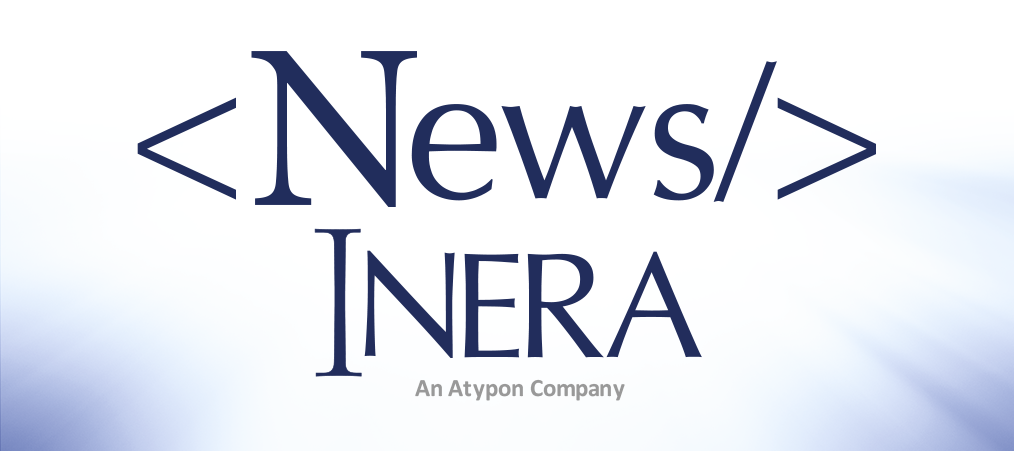
eXtyles, Edifix, and industry updates from the Inera Newsletter.
Find Inera at upcoming conferences
► SSP Brazil Regional Meeting 2017
Albert Einstein Hospital Auditorium, São Paulo, Brazil, June 20
At 4:30 pm, Inera CEO Bruce Rosenblum will present Find Your Path: The Four Roads to XML.
► Associação Brasileira de Editores Científicos (ABEC)
São Paulo, Brazil, June 21–23
On June 23 at 8:30 am, Inera CEO Bruce Rosenblum will present JATS, XML, and Related Publishing Standards at ABEC’s XXV Course on Scientific Publishing.
► Editorial Manager User Group Meeting (EMUG)
Boston, MA, June 22–23
Inera’s Irina Golfman and Elizabeth Blake will be attending EMUG—the user conference for Editorial Manager, the online peer-review system by eXtyles integration partner Aries Systems.
► Balisage: The Markup Conference 2017
Rockville, MD, 31 July 31–August 4
On July 31, Inera’s Caitlin Gebhard will present Automated Up-Translation: Addressing the Tipping Points at the Balisage Symposium on Up-Translation and Up-Transformation: Tasks, Challenges, and Solutions.
Attending one of these events? We’d love to see you! Please contact us if you’d like to schedule a meeting.
Find your path: The four roads to XML
When and where should you introduce XML into your workflow—during authoring, before editing, before composition, or after publication? At the session “Find Your Path: The Four Roads to XML,” co-presented by Inera CEO Bruce Rosenblum and Typefi CEO Chandi Perera at the SSP Annual Meeting in Boston, attendees learned about the pros and cons of each approach, including publisher case studies with an emphasis on lessons learned from various workflow failures and successes. Slides from the session are now available here!
If you’re not thinking about ORCID and CRediT, you should be…
And we’re here to help! In her keynote address at CSE 2017 in San Diego, National Academy of Sciences president Marcia McNutt (@Marcia4Science) highlighted the importance of accurately attributing authorship of scientific articles in a standardized way. We couldn’t agree more—and we draw your attention to this preprint that explains why ORCID and CRediT are recommended as standards, co-authored by Dr. McNutt and bringing together expertise from a colloquium of leading scientific journal editors and organizations that took place in February 2017. You can access this open-access preprint on BioRxiv at http://dx.doi.org/10.1101/140228.
Already thinking about integrating ORCID and/or CRediT into your metadata, but aren’t sure how to proceed? Contact us to talk about how eXtyles can automatically integrate ORCID and/or CRediT metadata into your Word files and XML workflow!
JATS-Con redux
No time yet to read the full JATS-Con Proceedings? Here are some highlights…
►PubMedCentral’s Article Previewer is getting a renovation! The new edition will allow you to upload a ZIP file of all images and will give better feedback when a conversion has completed. Stay tuned for updates! And don’t forget, the Article Previewer doesn’t just support JATS XML—any DTD PMC supports (or has supported) in production is also supported by the Previewer. Hey BITS users, that means you can use it, too!
► Crossref is working on making it easier for publishers to deposit metadata originating in JATS. Watch this space for more info on this project.
► XSpec is a neat way to run automatic regression test suites on your XSL transforms or Schematron validation tests. Check it out at https://github.com/expath/xspec/wiki/Getting-Started.
News from Edifix
► Have you visited the newly renovated Edifix.com? For its third birthday in May, Edifix got a new look, new resources, and an even prettier new UI. We love it, and we think you will too!
► Follow @Edifix on Twitter for info, updates, and weekly tips!
► Questions about Edifix? Check out our expanded FAQ!
Tell us your workflow stories!
The confidential eXtyles Workflow Survey, aimed at helping us build a better picture of how our customers work, went out in early March. If you’ve already responded, THANK YOU! If you haven’t, please contact us to receive a link to the online survey—the more we know about how you use eXtyles in your workflow, the more effectively we can support you! In the meantime, here are a few stats from the responses we’ve received so far that eXtyles users may find interesting:
Do you use freelance copy editors?
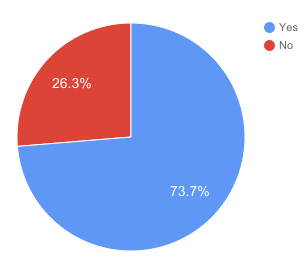
Do your freelance or contract copy editors work with documents that have been run through eXtyles?
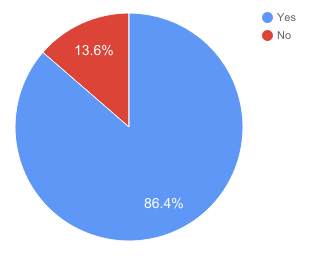
If you’re in the majority in these categories, don’t forget our eXtyles Guide for Freelancers, available for you and your copy editors here!
Which version(s) of Word do you currently use?
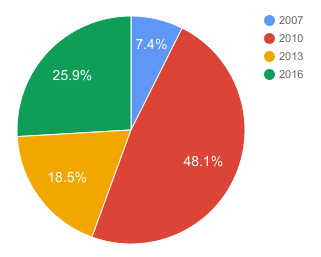
Do you require authors to use an authoring template?
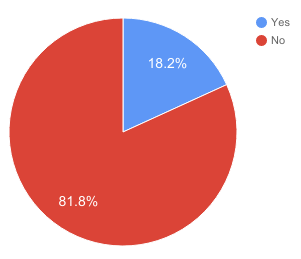
Tell us your workflow story! Contact us to take the survey.
Word Tip: Clear Formatting
After Ctrl-z (Undo), Ctrl-spacebar (Clear Formatting) may be our favorite Word shortcut. To remove any type of formatting from a letter, word, text chunk, or entire paragraph, just select and hit Ctrl-spacebar to revert the selected text to the document’s (or paragraph’s) default style.
If you’re more of a toolbar person, Word 2013+ has also put the Clear Formatting button conveniently on the Home tab for you!
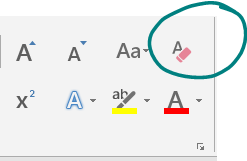
Inera presents… Epic Word Fails!
Here at Inera, we like to think we’ve seen all the ways Word and its users can fail one another—and then along comes another idiosyncratic Word file to prove us wrong. We thought you might enjoy hearing about some of these experiences (names changed to protect the guilty), spotted in the wild by Inera staff—and we hope you’ll contribute your own!
► THE FAIL: Most creative substitute for small caps
These author names are in small caps with initial caps. BUT WAIT! No they’re not: they’re typed in all caps, but the user has used 12pt font for initial letters and 10pt font for the rest.
► THE FIX:
Word’s Apply Small Caps function (Home>Font>Small caps) is admittedly a bit unwieldy, but you have options! Using Customize the Ribbon, you can create a new Group and add the Small caps button to it; you can add the Small caps button to your Quick Access Toolbar; and, in either case, you can use Customize the Ribbon to program a custom keyboard shortcut so you never have to look for the button at all.